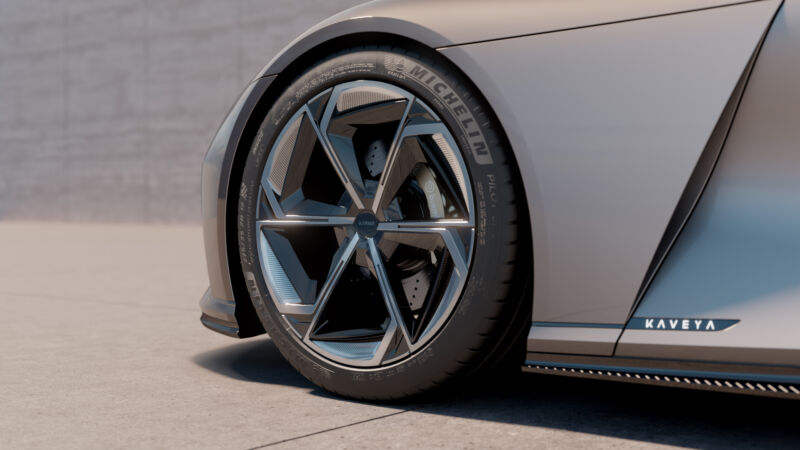Enlarge / Karma was started in 2014 when the Wanxiang Group purchased the assets of the then-recently defunct Fisker (a different incarnation of the Fisker than just recently went bankrupt). (credit: Karma)
Intel is partnering with Karma Automotive to develop an all-new computing platform for vehicles. The new software-defined vehicle architecture should first appear in a high-end electric coupe from Karma in 2026. But the partners have bigger plans for this architecture, with talk of open standards and working with other automakers also looking to make the leap into the software-defined future.
One function per box
Electronics started showing up in vehicles in the 1970s, beginning originally with a little black box called an engine control unit. Soon, more black boxes started appearing, each with a discrete function. Some of these govern vehicle dynamics, like traction control, anti-lock brakes, stability control, and so on. Some take care of vehicle comfort—the air conditioning or electric windows, for example. And more powerful black boxes enable the infotainment system or any advanced driver assistance systems.
In a modern car, there can be more than two hundred discrete control units, each adding weight not just from itself but also from the copper cabling that connects it to the rest of the car’s electronic network.
Read 9 remaining paragraphs | Comments




